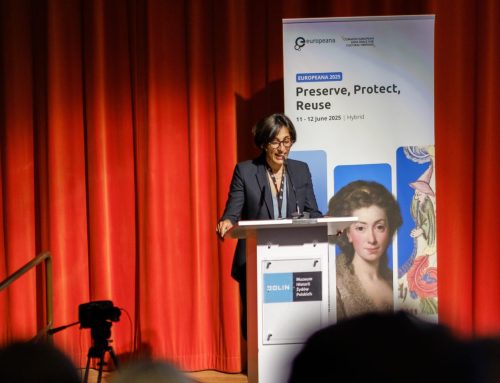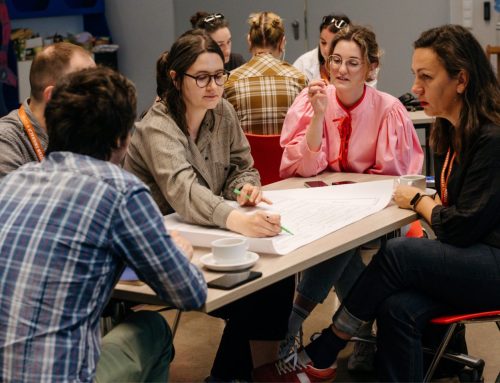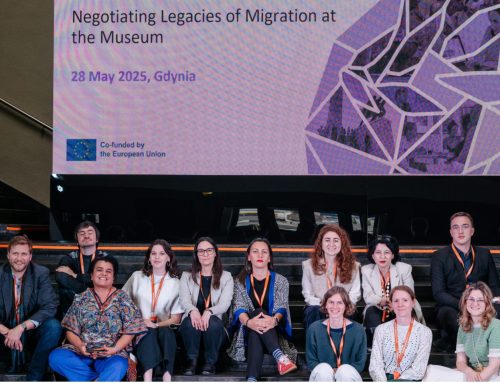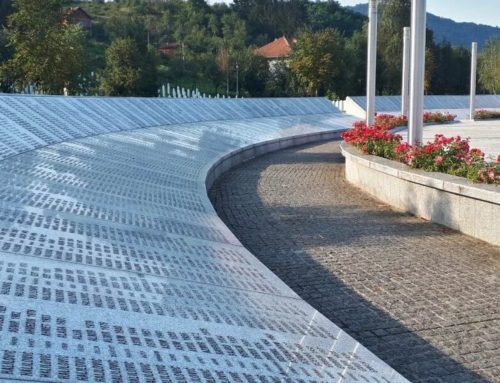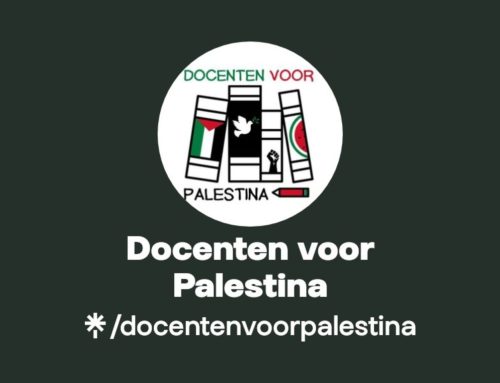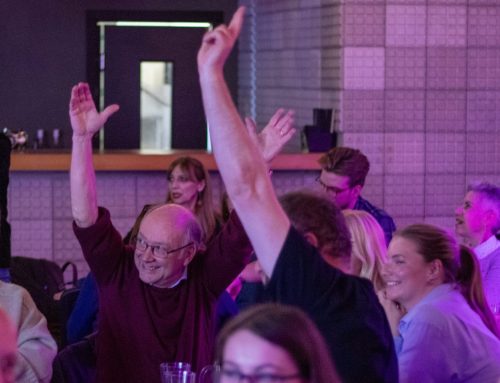On the occasion of the presentation of 20 new NWO PhD scholarships, on 12 September 2016, I was interviewed by the Secretary of State for Education, Sander Dekker. The interview was about my research: Improving the understanding of historical time for pupils between 6-12 years old.
Understanding of historical time is essential to the learning of history. Theories about children’s understanding of historical time are largely based on older research, which concludes that a full understanding of time is achieved at about the age of 11 and that the learning of clock- and calendar time are conditional for the learning of history. More recent English and American research indicates that young children do have an understanding of historical time. Still this research has made little impact on the teaching of historical time. In the Netherlands the history curriculum starts in the 5th or 6th grade at the age of about 9, although it would be more logical to start earlier with the advantage that children can work longer and deeper on their understanding of historical time, as is the case in England. Therefore, we compared the Dutch and the English curricula.
Data from national reports, in both the Netherlands and England, however, indicate that the teaching and learning of historical time are not always well-implemented in the curricula. This was confirmed by our research. Although chronology features in both the English National Curriculum and the Dutch Core Objectives, we found that the implemented curricula do not fully cover the objectives: for example in our sample, only a quarter of the English teachers pay attention to the chronological order of historical periods consistently and the majority of teachers in both countries does not use timelines.
In order to optimize our primary history curricula with regard to chronology, we developed a model (http://www.historischtijdsbesef.nl/en/niveaus-van-historisch-tijdsbesef/), based on descriptions in the curricula and on empirical studies of chronology, with three stages: emergent, initial and continued understanding of historical time. In this model we defined pupils’ skills and knowledge for each stage based on five objectives:
- apply the vocabulary of time
- sequence events, people and historical eras in chronological order
- use the timeline to place events and people in time
- identify characteristic features of different historical periods and compare and contrast historical periods
Because we wanted to gain insight into how pupils in primary schools perform on these three stages, we constructed an instrument that was based on our model. The instrument consisted of two paper and pencil tests for younger and older pupils with, for each stage, multiple-choice items that corresponded with the five objectives in the model. We conducted the tests in seven Dutch primary schools totalling 1457 pupils. The results showed that in all three stages pupils in higher grades significantly outperformed pupils in lower grades. Furthermore, in all grades there was room for improvement.
In a follow-up study sixteen teachers of grade 4 (ages 7-8) and 7 (ages 10-12) were trained to teach with Timewise, a newly developed teaching method, in which they consistently paid attention to the objectives of historical time. In every lesson timelines were used, linked to stories, pictures and videos. The intervention with Timewise resulted in significantly improved performances of pupils in the post-test compared to the pre-test and compared to a control condition.
The research is now almost complete and I am working on the final chapters. In 2017, I hope to defend my dissertation. I enjoyed doing this interview, and Sander Dekker was very interested.
More information on the research for my PhD can be found at http://www.historischtijdsbesef.nl/en.


